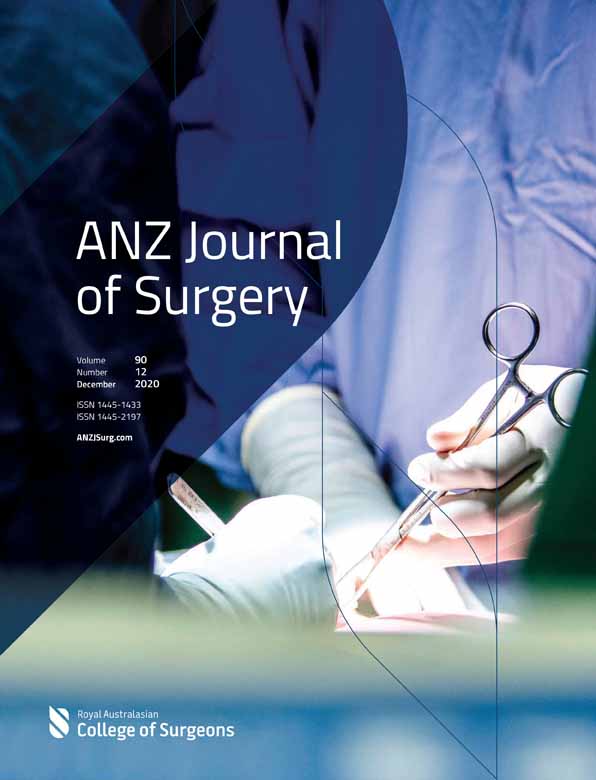Ureteric complications and left retroperitoneal abdominal aortic surgery
Abstract
Background
Open surgery for abdominal aortic aneurysms in the UK is usually performed via a midline transperitoneal incision. However, the left retroperitoneal (RP) approach may be beneficial for juxtarenal abdominal aortic aneurysms and certain physiological reasons. One potential disadvantage is that the left kidney usually requires mobilization anteromedially risking injury to the renal tract and possibly the ureter.
Methods
In this retrospective study, the time of onset, clinical presentation and treatment of left renal tract complications are scrutinized and discussed. Reasons for open aortic surgery as opposed to endovascular repair being undertaken were documented. Also, the aortic cross-clamp positions and type of reconstruction were examined.
Results
A total of 208 patients underwent RP aortic surgery for aneurysmal disease. The aortic cross-clamp positions were infrarenal in 115 (55%), suprarenal in 78 (38%) and supra-superior mesenteric artery or supracoeliac in 15 (7%). Two percent (4/208) sustained ureteric complications and all occurred in the upper third of the left ureter. The time of onset of symptoms ranged from 2 to 14 days post-operatively with a median of 3.5. Clinical signs were non-specific including pyrexia, tachycardia and flank pain.
Conclusion
Ureteric complications following left RP aortic surgery is uncommon and usually occurs in the upper third of the renal tract. Trauma appears to be the most common cause, although ureteric ischaemia can occur but presents later particularly in those with comorbidities.
Conflicts of interest
None declared.




